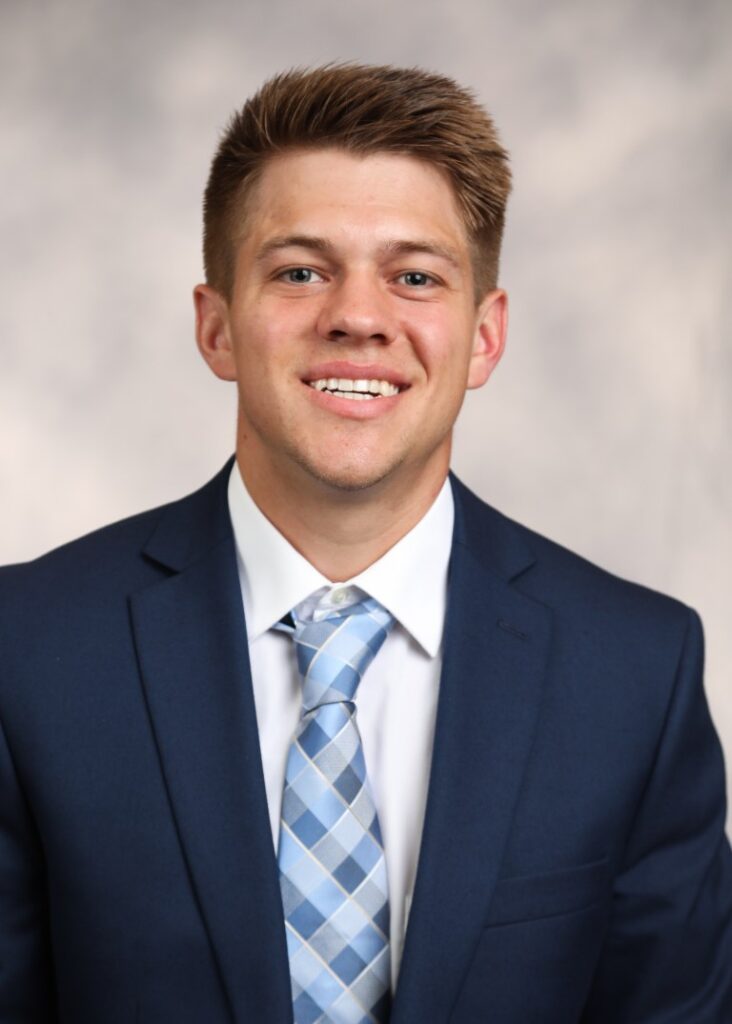Migraine headaches are a common condition and can prove to be extremely draining. Headaches are often not relieved by conventional treatments.
Depending on the cause of migraines and the symptoms, physical therapy may be necessary to manage them.
Physical therapists can provide long-term pain relief for those suffering from migraines and chronic headaches. Find out more about physical therapy for migraine relief.
What is Physical Therapy for Migraines?
Migraine headaches can refer as primary headaches or neurological symptoms. They are a disorder of the central nervous system (CNS). The central nervous system (CNS) includes your spinal cord, brain, and brain.
Migraine treatment aims to relieve the condition by altering the central nervous system. Physical therapy focuses on treating the peripheral system (PNS), the area of the body that includes the nerves and joints in the rest.
Some physical therapy methods to alleviate headaches caused by migraines include:
- Massage and hands-on treatment to reduce muscle and joint tightness
- Exercises to reduce pain and inflammation
- How to avoid headaches in the first place
Muscle tension in the neck is a common sign of migraine headaches. You will be taught stretching exercises during your physical therapy sessions to relieve neck pain and prevent headaches.
These Headaches can be treated by a physical therapist.
Patients suffering from migraines can be treated by physical therapists. Cervicogenic and referred headaches are two of the most common type
Referred Headache
Sometimes, headaches are affected by muscle and joint problems in your neck or jaw. In addition, referred pain can be affected by joint and muscle problems in these areas. This means that if you have tight muscles in one part of your body, it can cause pain elsewhere.
Just as left shoulder pain can indicate a problem in the heart, tension headaches can also signal a problem in the neck muscles and joints.
Patients suffering from headaches often have issues with the upper trapezius muscle located at the top of their shoulder. In addition to the upper trapezius, the levator scapulae can add to the tightness and pain. In addition, this muscle can become trigger point-producing by repetitive activities such as computer work. Trigger points, also known as muscle knots, can cause pain in your neck and head.
Cervicogenic Headache
In addition to referred pain, headaches can also be affected by injuries or structural issues in the upper cervical spine. Patients with headaches of cervical origin often have problems with their neck movement. A cervical-origin headache can also be manifested by:
- Dull pain in one side of the neck, head, or face
- Stiffness or pain in the neck
- One arm or shoulder pain
- Certain neck positions can cause headaches
- Blurred vision
- Sensitivity towards loud noises and bright light
Most people who suffer from this type of headache develop it because they work long hours in positions that strain their necks. For example, cervicogenic headaches are common in factory workers and hairdressers. This type of headache is also caused by medical conditions such as arthritis, infection, fractures, and other issues.
Headaches and Migraines Treatment
PT is a long-term solution for headaches. The following are some of the benefits for patients who have undergone PT:
- Significantly decreased frequency, duration, intensity, and severity of headaches
- Improved mobility and function of the neck and back
- Quality of life improvements
Physical therapy will reduce your dependence on medication for headaches. Long-term use of pain medication can lead to stomach pain, nausea, ulcers, and stomach pain. PT is safe and has no side effects.
Your physical therapist will develop a treatment plan to relieve migraines and headaches when you start therapy. Physical Therapy involves a consultation to establish your medical history and a complete physical exam to identify the source of your headaches.
Your physical therapist will treat your muscles and joints, correct any muscle imbalances, and reduce tension in your joints and soft tissue. There are multiple ways to reduce tension. One method we use consistently is dry needling.
Let’s say your physical therapist discovers that your headaches are affected by trigger points in your upper trapezius muscles. They will then give you exercises to stretch your muscle fibers. However, to prevent these trigger points from forming, you will need to perform a muscle-strengthening exercise program.
Your physical therapist will treat cervical spine injuries by restoring joint mobility and reducing stiffness, which will help to prevent headaches.
Get Early Treatment for Headaches
Headaches and migraines can harm your daily life. They can also affect your career, relationships, and overall well-being. Our team of physical therapists understands how to treat headaches effectively. They provide effective and safe headache treatment methods. Contact us today to find long-term relief for headaches and migraines.
Follow Us For more Info
connect with us
Author
Dr. Tyler is a physical therapist and founder Scottsdale Physical Therapy & Performance in North Scottsdale, Arizona. He see golfers, athletes and active adults. His focus is offering one-on-one sessions for 1 hour focused on developing individualized programs to get you back to your goals.
If you have any questions about online programing or want to stop in for a visit, please reach out by hitting “request appointment” in the top of the page.
– Dr. Tyler PT, DPT, FAAOMPT, TPI-2

